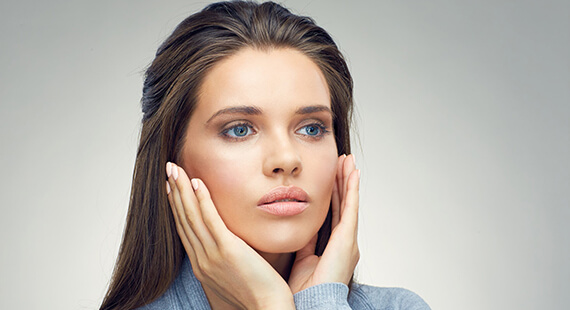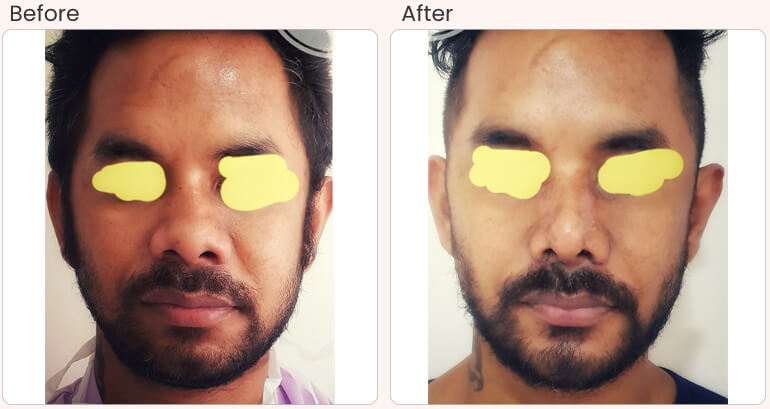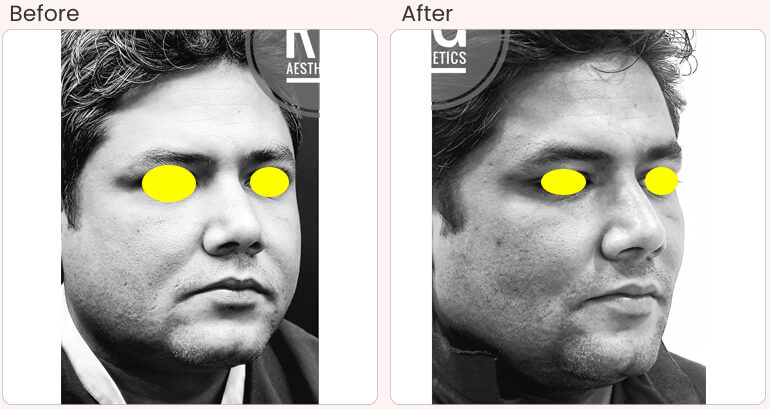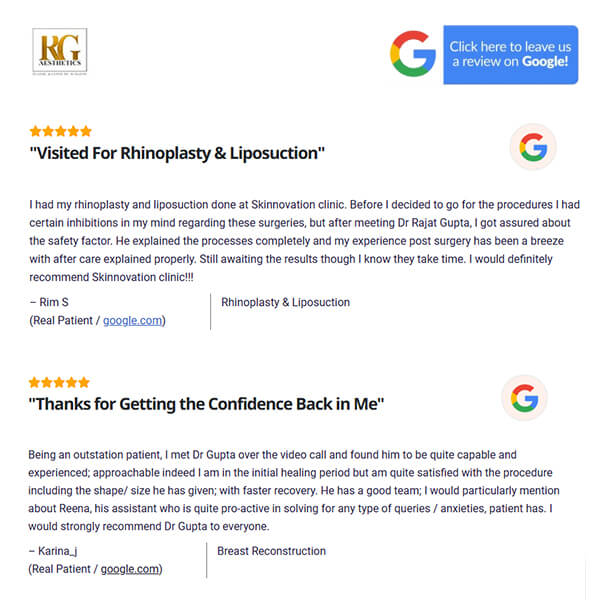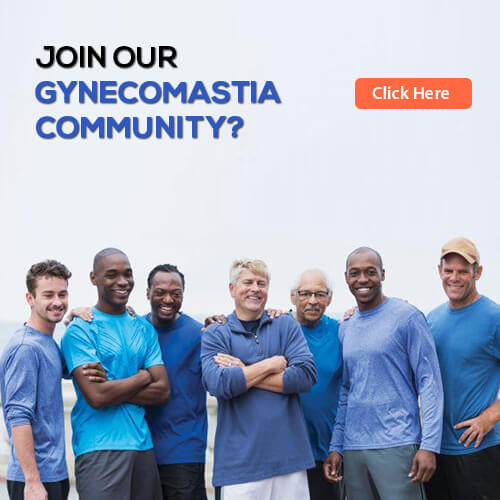Buccal Pad Fat Removal
What Is Buccal Pad Fat Removal?
Buccal pad fat refers to the pads of fat in your cheeks. They can make your face look unnaturally round. Additionally, this fat travels downwards as you age, making your face sag.
Many people think that weight loss might help in reducing the buccal fat which is not true. This fat can only be removed by Buccal fat removal surgery. Buccal fat can also be transferred in cheeks as it gives desired V-shape to your face which looks aesthetically pleasing.
The results of undergoing the buccal fat procedure are your cheeks gradually contour to their new appearance. The cheeks appear less full or chubby in post-op results. Also, this surgery helps in achieving the desired V-shape face which makes your face look aesthetically pleasing and also your face looks slimmer and chiselled.
Download A Patient Guidebook Of Buccal Pad Fat Removal ?
Buccal Pad Fat Removal Best Results / Before & After
Why Buccal Fat Pad Removal Is Done?
Buccal Fat Pad Removal procedure is done if:
- You have excess fat on both the cheeks which makes your face look non-proportionate.
- If you get those odd-looking protruding curves in both cheeks when you smile.
- If you opted for facial liposuction and it gave you almost negligible face slimming.
- If you want a slimmer face but you do not want your cheeks to sag after losing extra fat.
What Buccal Fat Pad Removal Can / Can’t Do
- Can
- Remove excess fat on both the cheeks
- Make your face look proportionate
- Get rid of odd-looking protruding curves in both cheeks when you smile
- Face slimming
- Make your face look slimmer without cheeks to sag after losing extra fat
- Can’t
- Work as an anti-ageing solution
Don’t take biggest decision of life
Without getting complete information!
How You Should Prepare For Buccal Fat Pad Removal ?
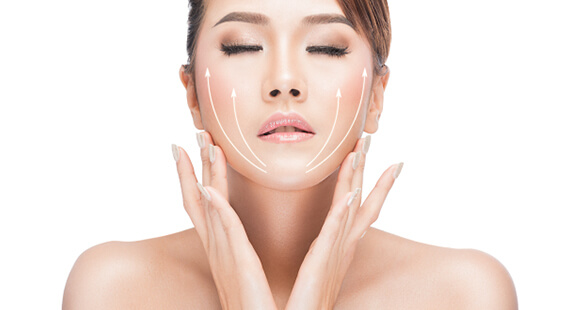
- Consult a board certified plastic surgeon
- The surgeon will prescribe some blood tests
- The surgeon will prescribe medications or adjust your current medications
- Stop smoking
- Avoid any medication not prescribed by the surgeon, like aspirin or any anti-inflammatory drugs. They can increase bleeding during the surgery
- Stop taking any recreational drugs, such as cocaine
- Arrange for a driver to take you back home post the surgery or someone to stay with you in case one night admission is required
What is the Procedure of Buccal Pad Fat Removal?
Buccal Pad Fat Removal is performed under general or local anesthesia, recommended as per the patient’s condition. After the administration of anesthesia, about 1/2 cm incision is given at the buccal mucosa, which is inside the patient’s oral cavity.
This incision acts as the site to extract fat from the cheeks. The pressure is applied to the cheeks’ outer surface, pushing the buccal fat pad to protrude inside the mouth. The required tissue is extracted from this protruded pad, leaving the cheek size reduced and proportionate to face. The incision is then closed with sutures and left to heal on its own, which usually happens in just a few days.
Recovery After Buccal Pad Fat Removal?
- Outpatient procedure
- The downtime for Buccal Pad Fat Removal is not more than 2-3 days. Patients feel fully recovered after that.
- Patients cannot have any drink or food until six hours post surgery.
- After these initial six hours, soft food or liquid food is allowed.
- Food that is hard to bite or chew like raw vegetables, fruits, or nuts must be avoided until one-week post-surgery.
- If you are a smoker or a drinker, you will have to give them up for one month after Buccal Pad Fat Removal surgery.
Download A Patient Guidebook Of Buccal Pad Fat Removal ?
Risk involved in Buccal Pad Fat Removal?
Like every surgery, there are risks and potential complications of Buccal Pad Fat Removal. Common risks involved in Buccal Pad Fat Removal include, anesthesia risks, bleeding, hematoma, a chance of infection, numbness, prolonged swelling, Injury to branches of the facial nerveresulting in temporary or permanent facial muscle weakness, injury to a salivary, deep vein thrombosisduct, asymmetry and persistent pain.
However, if performed by a board-certified plastic surgeon the complications are avoidable.
